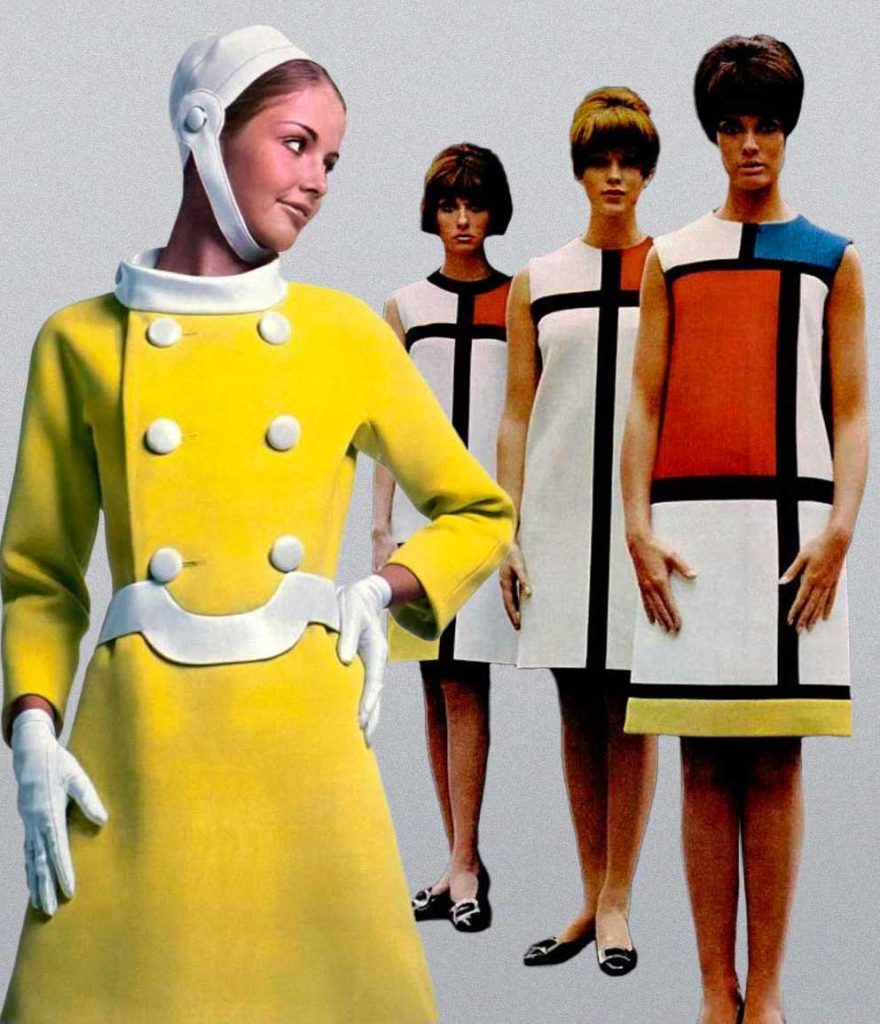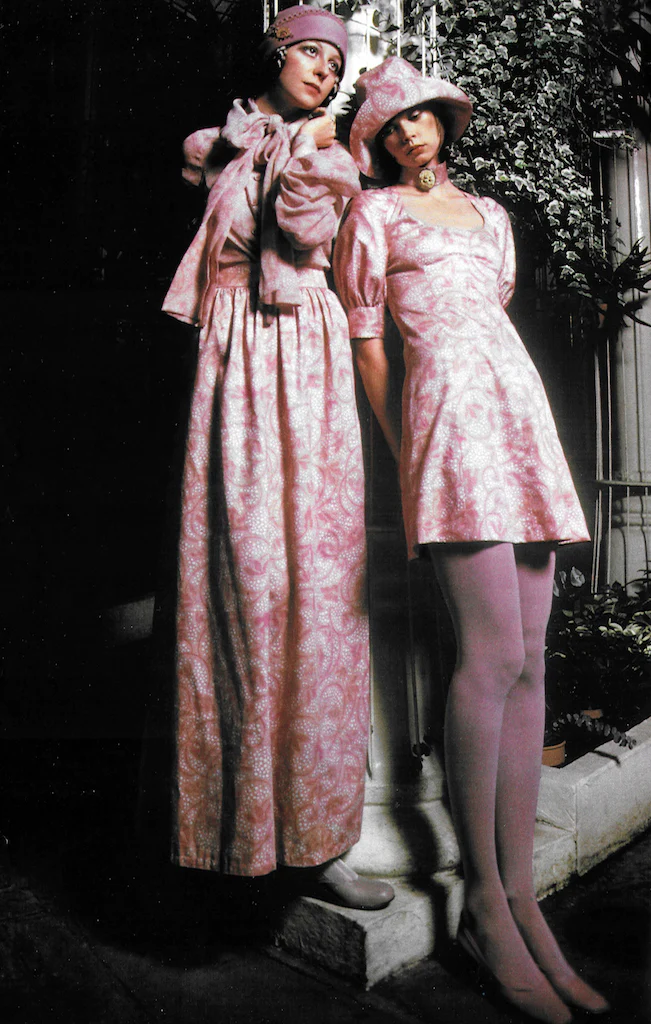“Make Do and Mend” – How War Time Created a Boom in the Fashion & Sewing Industry
It was a time for rationing, and fashion was no exception. During the Second World War, people were forced to ration food, clothing, and everyday necessities. With only 66 coupons per year for clothing, fashion became a costly luxury, often each item requiring a high number of coupons to purchase. It was easy to become disheartened by the lack of resources. As coupon allocations decreased as the war progressed, the government decided it was time for something fun and uplifting to inspire the masses.
In the autumn of 1942, bright and joyous leaflets and posters appeared with the catchy “Make Do and Mend” slogan. The campaign by the Ministry of Information aimed to encourage people to put on their creative hats, salvaging old clothing to transform them into brand new garments through sewing.
The Make Do and Mend Campaign
The campaign was a great success and before long, women of all different ages were arming themselves with a needle and thread. Sewing was no longer a creative pastime. Now it had become a patriotic war-time effort. It was significantly cheaper to get supplies for clothes making and it wasn’t long before clubs opened so people could support each other. Whether they were a beginner or an experienced seamstress, a great deal of ingenuity was still required to create a garment. This meant using non-typical fabrics for dressmaking like parachute silk and upholstery fabrics. Despite this, many rose to the challenge and a new thrifty age of fashion was born.
The aftermath of the Pearl Harbour bombings had left the U.S. devastated and officially part of the war. As a result, many items had to be rationed as the United States government implemented their own rationing system. Inspired by the campaign’s success in the UK, over the seas, the Americans took notice. They launched their own “Make Do and Mend” campaign, inspiring a new fashion movement known as “victory fashions.” Even The First Lady, Eleanor Roosevelt, was inspired to get involved, encouraging Americans to make their own and knit, by always being seen knitting and never without her knitting bag. She was subsequently given the title “First Knitter of the Land.”
The Legacy of Make Do and Mend
The campaign transformed the fashion industry and created a generation of fashion designers. Not only did it change what was acceptable outfits choices, with casual fashion trends emerging. It also changed the industry. After the war, knowledgeable consumers expected good quality clothing, which led to regulated standards in materials and manufacturing processes. Department stores flourished with the acceleration of mass-market fashion. And for the first-time, high fashion designers created diffusion collections for the everyday consumer. Fashion became more accessible, and the seed of street style had been planted.
Today, there is so much we can learn from the wartime sewing boom. First, the need to be thrifty with our clothing may seem like a thing of the past. However, it is more important than ever to reuse and recycle. We are in the age of fast fashion and the poorly made cheap garments that have been discarded are piling up in landfills or in South American countries (e.g., the textile dumps in the Chilean desert). Although there are efforts to recycle and sell second-hand clothing, at least 40 per cent become textile waste. As fast fashion is one of the largest environmental polluters, it is important we all do our part to reduce textile waste.
Here at The Vintage Pattern Shop, we want to inspire you to “Make Do and Mend.” With our range of vintage sewing patterns from the 1940s, you could create your own vintage garments from scratch. Why not use a spare cotton bed sheet and get one of our vintage dress patterns, for an authentic 1940s cotton dress? We have a great range to inspire you, including 1940s coat patterns, blouses and tops, bottoms, lingerie and even hats and accessories.
Try out your dressmaking skills and browse our range of 1940’s sewing patterns here.


